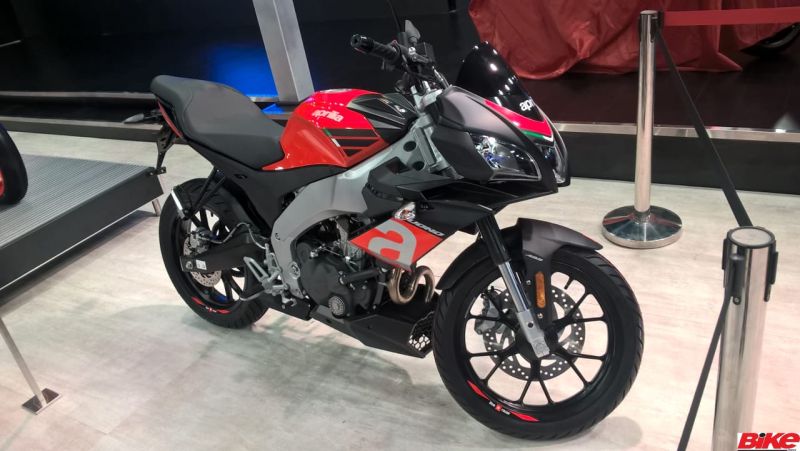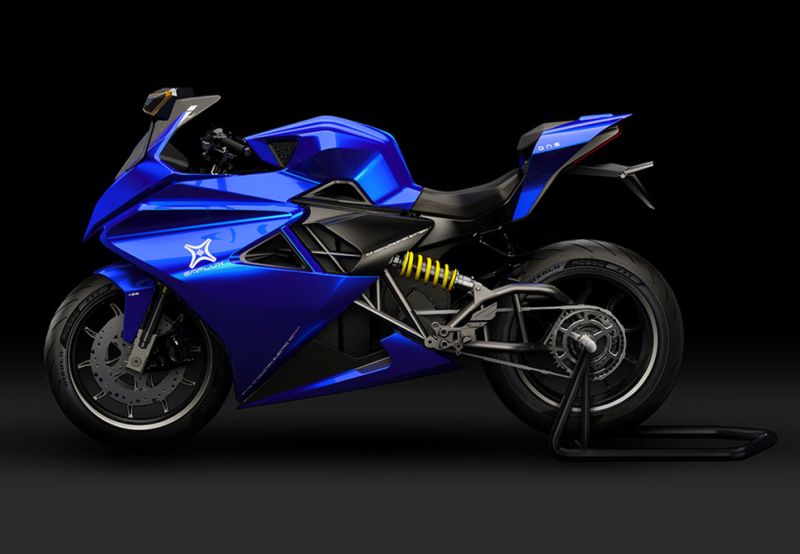Yamaha have launched the third iteration of their 150-cc supersport bestseller, the YZF-R15 v3.0, at Rs 1.25 lakh (ex-showroom).
[Read more…] about #AutoExpo2018 Yamaha YZF-R15 v3.0 Comes Packing
Best Bikes in India | No.1 Two Wheeler Magazine
Yamaha have launched the third iteration of their 150-cc supersport bestseller, the YZF-R15 v3.0, at Rs 1.25 lakh (ex-showroom).
[Read more…] about #AutoExpo2018 Yamaha YZF-R15 v3.0 Comes Packing
Suzuki Motorcycle introduce a trio spanning various segments to go on sale this year.

Aprilia showcase the smallest 150-cc siblings of the RS and Tuono bikes [Read more…] about #AutoExpo2018 Aprilia Showcase RS 150 and Tuono 150

TVS broke new ground by launching the Ntorq 125 at an attractive price with features unheard of in the Indian scooter market. [Read more…] about Spec Comparison: TVS Ntorq 125 v Aprilia SR125 and Honda Grazia

With the 2018 Auto Expo just around the corner, we get a sneak peek on the much talked about Emflux ONE e-superbike.
[Read more…] about The First Made-in-India Electric Superbike – Emflux ONE